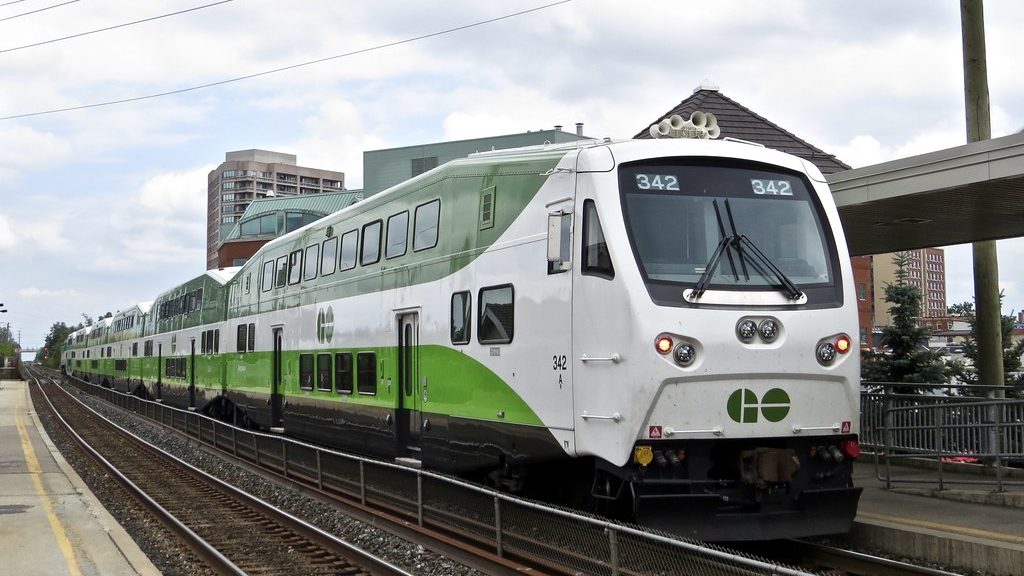Canada’s Inflation Rate Below Zero For Third Consecutive Month In August
Posted September 17, 2009 7:38 am.
This article is more than 5 years old.
Canada’s annual inflation rate remained firmly in negative territory in August for the third consecutive month as the relatively low cost of gasoline and energy continued to drag the index down.
Statistics Canada said the annual rate of inflation was a negative 0.8 per cent last month. That compares with the July reading of minus 0.9 per cent, which was Canada’s lowest inflation rate in 56 years.
But it appears recent wild swings in prices of key items like gasoline and food are settling down, suggesting that Canada is heading into a period of low but stable inflation.
While gasoline prices continued to drive the overall price index down, they were only 21.2 per cent lower in August on a year-over-year basis, as opposed to the 28.3-per-cent differential of July.
On average it cost $1.01 a litre to fill up a pump stations last month, compared to $1.27 in August 2008, the agency said.
But on a monthly basis, gasoline prices were actually 2.6 per cent higher last month than in July of this year.
The moderating trend is a key reason economists do not believe Canada is experiencing deflation, a prolonged period of falling prices that can cause problems for the economy.
Economists say inflation will return to positive territory later in the fall because the world price for crude oil has recovered from the deep declines experienced late last year and early in 2009.
Taking energy out of the calculation, Canada’s inflation rate would have been 1.4 per cent, which economists say is a more accurate reading of price changes over the past year.
The Bank of Canada core index was 1.6 per cent last month, slightly lower than in July and well within the central bank’s target range of one to three per cent inflation.
On the other side of the price picture, the steep rise in food prices, which has kept inflation from falling further, also appears to be flattening.
Food cost four per cent more in August than a year ago, significantly lower than the five-per cent-hike registered in July and 5.5-per-cent gain in June. On a monthly basis, food actually cost 0.7 per cent less in August than in July.
Overall, only three major components of the consumer price index recorded declines in August – transportation, which includes gasoline, as well as shelter, and clothing and footwear.
In addition to lower pump prices, the cost of purchasing a vehicle declined 4.7 per cent in August. Lower natural gas prices, house values and mortgage costs drove the shelter component down 2.2 per cent.
Clothing and footwear prices fell 1.7 per cent.
But household operations, furnishings and equipment, health and personal care, recreation, education and reading, and alcohol and tobacco all cost more in August than a year ago.
Regionally, only Quebec and Saskatchewan recorded positive if moderate inflation in August.










